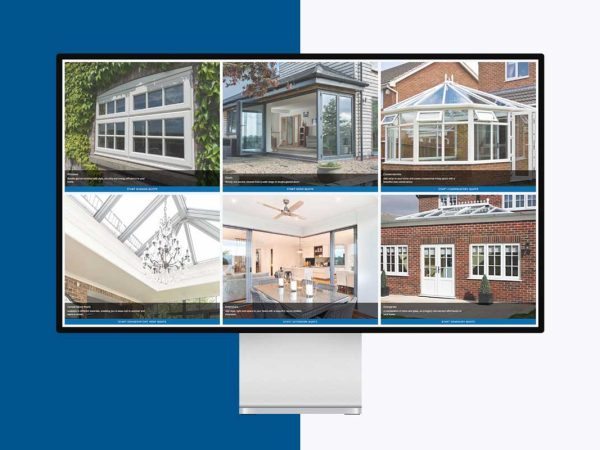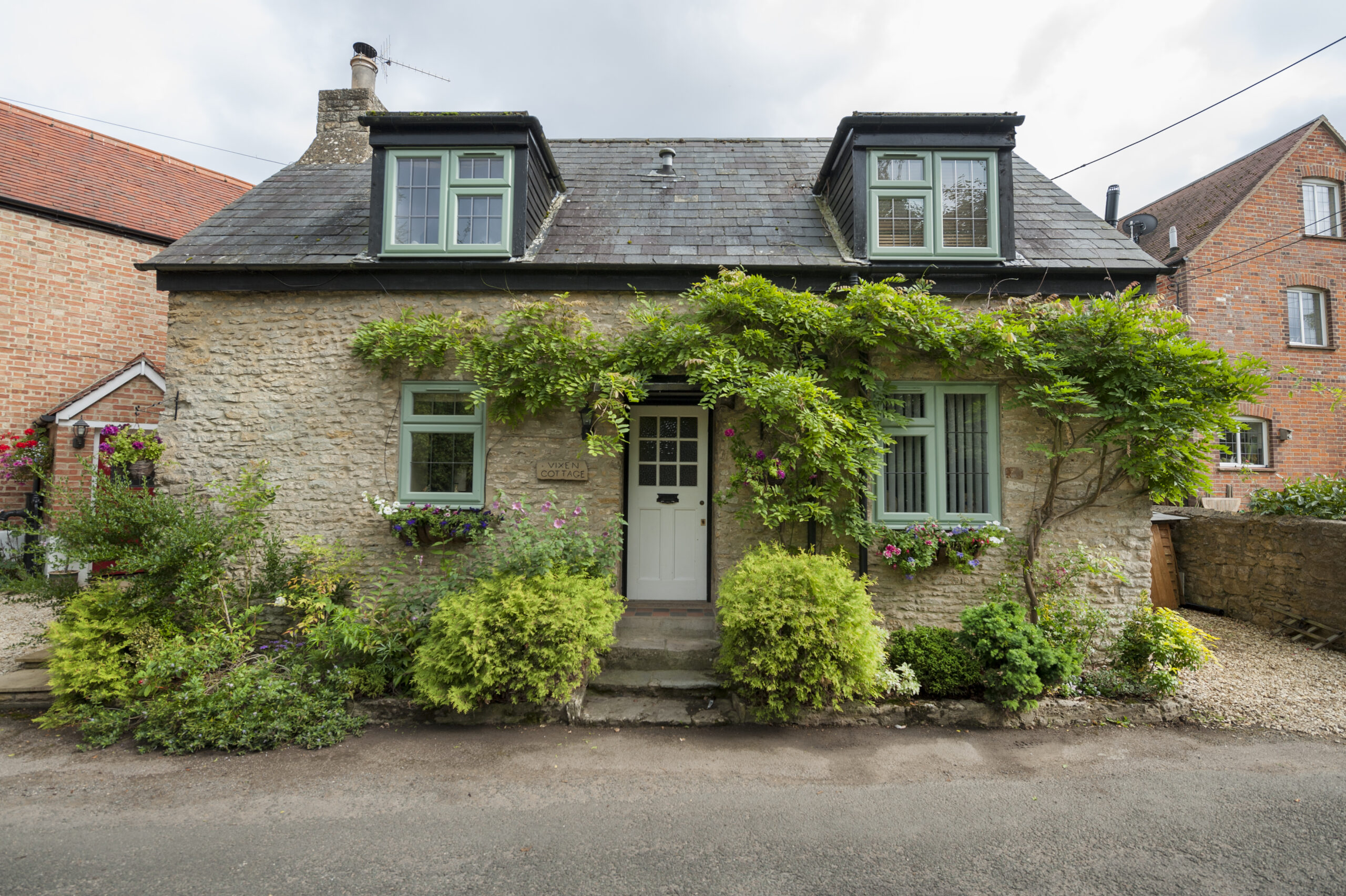Guide to the Visual Quality of Glass

Visual Quality of Glass in Insulated Units
It’s important that your new windows provide you with a high visual quality of glass. The following is a guide to the quality that can be expected from your windows and insulated glazed units. Glass used in the manufacture of sealed units is similar to that used traditionally for single glass, and therefore will have a similar level of visual quality. We have put together some information for how to professionally assess the quality of your double glazed units, and what to expect when you do so.
When Should you Inspect your Sealed Units?
View your sealed units for scratches as soon as reasonably practicable following your installation. Inspect your windows and glass units before you do any rendering, plastering or other work adjacent to your new windows.
How do you do a Professional Inspection?
Follow the below inspection process in order to assess how noticeable blemishes are in your glass units:
- View your glass units in natural daylight, but not directly towards the sun and with no visible moisture on the surface of the glass.
- Stand in the room, no less than 2 metres away from the window and look directly through it, not at it.
- For toughened, laminated or other coated glasses, you must stand no less than 3 metres away.
- View the glass at an angle of 90º.
- Exclude a 50mm band around the edge of the glass.
What Should you Expect to See?
Flat transparent glass, including laminated, toughened or coated glass is acceptable if the following flaws are neither obtrusive nor bunched:
- Bubbles or blisters
- Fine scratches not more than 25mm long
- Minute particles
Sealed units with optical defects such as smears, finger prints or other dirt either on or within the cavity (inside faces) of the glass are unacceptable if they are visually disturbing.
What to do if your Visual Quality is Impaired?
If you believe you have a flaw within your new glass units, then please contact us and we shall arrange to make a visual inspection of the glass unit. If it fails the visual standards set out above, our factory will remake your unit and it will be replaced under your warranty.
Special Glasses and Natural Visual Phenomenon

Toughened glass may show visual distortions which are accentuated by reflections in sealed units. This is a natural phenomenon and not a fault.
Laminated glass may have a few more blemishes due to its manufacturing process, as it is made from several layers of glass with a clear plastic layer sandwiched between.
Some low emissivity coatings may produce transient visual effects. In some lightning conditions the coating may look like a transparent film or produce a haze.

Condensation is generally reduced by the use of insulated glass units, however it may still occur under certain conditions.

Brewster’s Fringes are small transitory rainbow effects. Glass units sometimes create them when they refract the light in the right conditions. They appear when you place high quality glass sheets parallel to each other. They are not a fault.
Multiple reflections can occur in certain light conditions. They are the result of the multiple surfaces within double and triple glazed units. Again this is a natural phenomenon and not considered a fault.
Patterned glass is not covered by the above visual standards as the manufacturing process is different, and imperfections such as seeds and bubbles are deemed to be accetable.
As a founding member of the Glass and Glazing Federation, Starglaze is bound by their Code of Practice and we are committed to offering you excellent service. If you have any concerns at all regarding your installation, do not hesitate to contact us.








